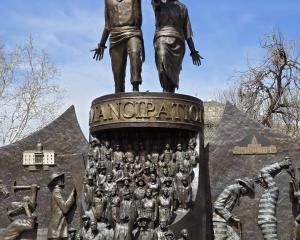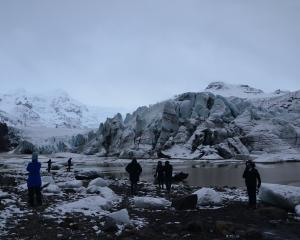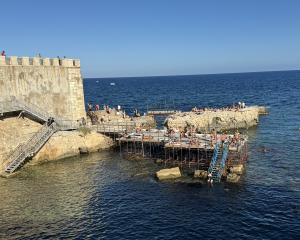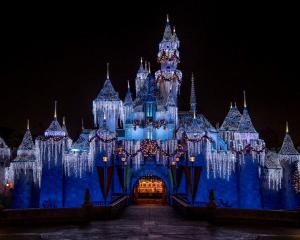
We're pretty good at filming American cowboy and western stories in the South Island but New Zealand has plenty of wild west and ghost-town tales of its own.
Some of our mining towns were home to 5000 people but have been abandoned, reclaimed by the bush. Each has a fascinating story.
An African American discovered gold at Addison's Flat and soon 5000 people lived in the town. Here, and elsewhere on the West Coast, we had our version of Ireland's "Troubles" when Westport Protestants rode out to confront local Catholics with pitchforks.
Crushington gave the nation Olympic gold medallist Jack Lovelock and Postie Plus; now it's wilderness. Five Mile's beaches were literally yellow with gold; unfortunately they didn't read their Bible and built the hotels, stores, bakeries and houses on sand.
A Tohu Whenua (heritage site), Waiuta is probably the best ghost town to visit. Founded in 1906, its mines produced nearly 750,000 ounces of gold, worth $1.6 billion in today's money.
More than 600 people lived here in its heyday, and because of its isolation they enjoyed facilities that were the envy of much larger towns. Until 1951, when the Blackwater shaft which provided ventilation to the mines collapsed and London-based owners shut the place down.
Today's visitors can follow Waiuta's original streets, past an Olympic-size swimming pool, rugby field with posts still standing, that shaft, Waiuta Lodge (a DOC hut modelled on the former hospital), bowling greens, tennis court, cottages, barber shop and police lock-up.
Ruins on the hill above include the 900m-deep Prohibition Mine and foundations of the mill where quartz was ground to extract gold. A track leads to Snowy Battery, where gold was pounded from quartz rock. Colossal cyanide tanks stand by the river.
Thanks to Joseph Divis, who photographed the everyday life of his fellow miners and their families, much of the town's history has been chronicled.
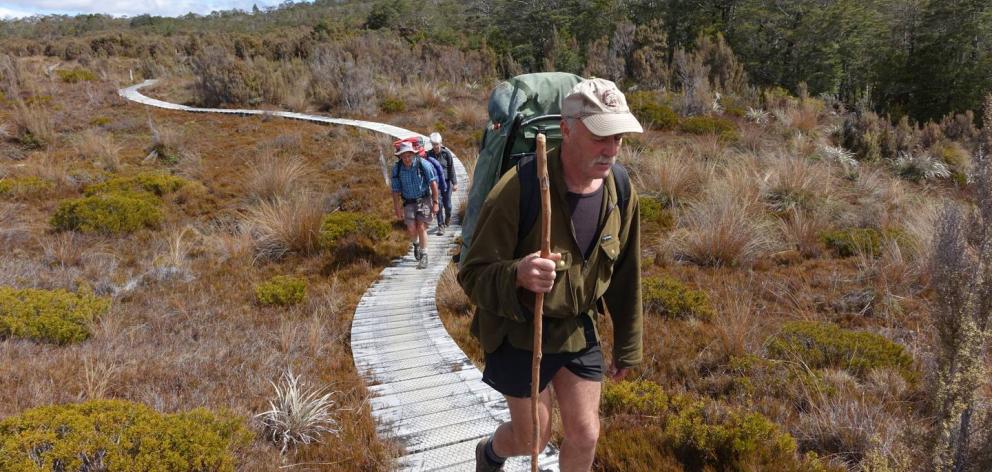
- Waiuta: halfway between Reefton and Greymouth, signposted from SH7, 21km south of Reefton, is best explored on foot or mountain bike.
"The bleak coal-mining settlement of Denniston, isolated high on a plateau above New Zealand's West Coast, is a place that makes or breaks those who live there," reads the pitch for Jenny Pattrick's 2012 blockbuster novel Denniston Rose.
We'll try to convince you to visit anyway. In this town and Tohu Whenua, on the edge of a steep railway once named the "eighth wonder of the world", workers mined the highest quality coal while their families suffered the lowest living conditions.
Its 1400 residents faced hardships like weeks of fog, and rocky ground where they couldn't grow food, dig a longdrop or bury the dead. The mines were dark, dusty and dangerous; children were expected to pitch in.
Despite this, Denniston was a thriving village of brass bands, bowling greens and unionism. Today its relics, world-class historic interpretation and scenery make for a must-visit.
DOC's Brakehead loop walk leads to the top of the railway, past coal wagons and concrete foundations, to Banbury Arch, a feat of Cornish stonemasonry. Further up the road is a museum. If you're feeling adventurous, explore the plateau via a mountain bike network or a 4WD road.
Unlike other ghost towns, there are still a few residents, like Sylvia and Gary James. His great-grandfather was a shoe salesman who used to visit Denniston once a fortnight, on the day when the miners were paid.
- Denniston: 18km northeast of Westport, approximately 30min drive.
William Fox discovered gold in the Arrow River in 1862 and within months more than 1500 miners were camped on its banks. They included three brothers, John, Charles and Harry Mace, who gave their name to Macetown. Although not on the official list of Tohu Whenua, it's one of the best examples of a gold-boom ghost town.

At its height this town boasted a school, church and two hotels. Within three years most of the alluvial gold had been extracted and many left for the West Coast goldfields, though there was a small quartz mining boom in the 1870s.
It had its characters: the Twelve Apostles, miners who would spend their money on gambling and alcohol, and William Jenkins, who was the only resident by 1921 and declared himself mayor.
Little remains of the original buildings but DOC has faithfully restored the old schoolmaster's house and bakehouse.

- Macetown is not easy to get to. From Arrowtown, hike, bike, horse-trek or 4WD an unsealed 15km road that crosses the river and creeks 23 times (no 2WD cars).
Tohu Whenua: what is it?
Tohu Whenua are places that have shaped our nation and created our defining stories. Te Papa Atawhai DOC, Manatū Taonga Ministry for Culture and Heritage and Heritage NZ Pouhere Taonga created the programme to connect New Zealanders with their heritage and enhance a sense of national identity by promoting significant historical and cultural sites. Launched in 2016, the programme operates in Te Tai Tokerau Northland, Otago and Te Tai Poutini West Coast. The goal is to roll out Tohu Whenua in all 15 regions of Aotearoa.
More info: tohuwhenua.nz
Check traffic light settings and Ministry of Health advice before travel at covid19.govt.nz
- produced with support of 100% Pure NZ
For more travel inspiration, go to newzealand.com/nz.

